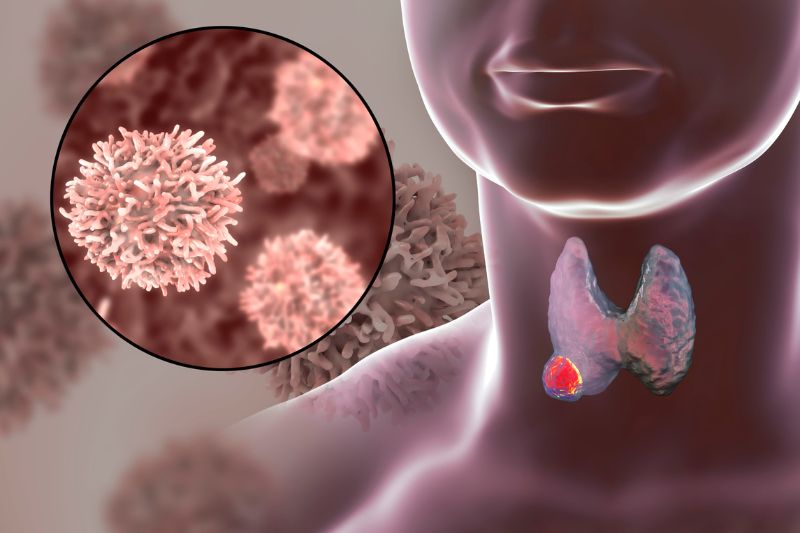
Our bodies rely on a complex system of hormones to function correctly. A small, butterfly-shaped gland in our neck called the thyroid produces hormones that are vital for metabolism, energy, and overall health. However, certain chemicals in the environment, known as endocrine disruptors (EEDs), can interfere with this delicate balance and lead to thyroid problems.
EEDs are external substances that can mimic or disrupt our body's hormones. You can find them in everyday products and the environment. Some common examples include:
These substances can enter our bodies through food, water, furniture/rugs, amalgam fillings, or the air and disrupt the way our hormones work.
EEDs can interfere with thyroid function in several ways, leading to a range of issues. The most notable impacts include:
Research has shown a clear link between elevated levels of EEDs and changes in thyroid hormone levels. For example:
I use a specialized lab that tests common EEDs through a urine sample. The levels excreted in your urine represent the storage levels in your body. Once these EEDs are identified, specific detoxification protocols can be followed to excrete these toxins. The goal is to free up thyroid function through targeted detoxification.
He, J., Xu, J., Zheng, M., Pan, K., Yang, L., Ma, L., Wang, C., & Yu, J. (2024). Thyroid dysfunction caused by exposure to environmental endocrine disruptors and the underlying mechanism: A review. Chemico-Biological Interactions, 391, Article 110909. https://doi.org/10.1016/j.cbi.2024.110909